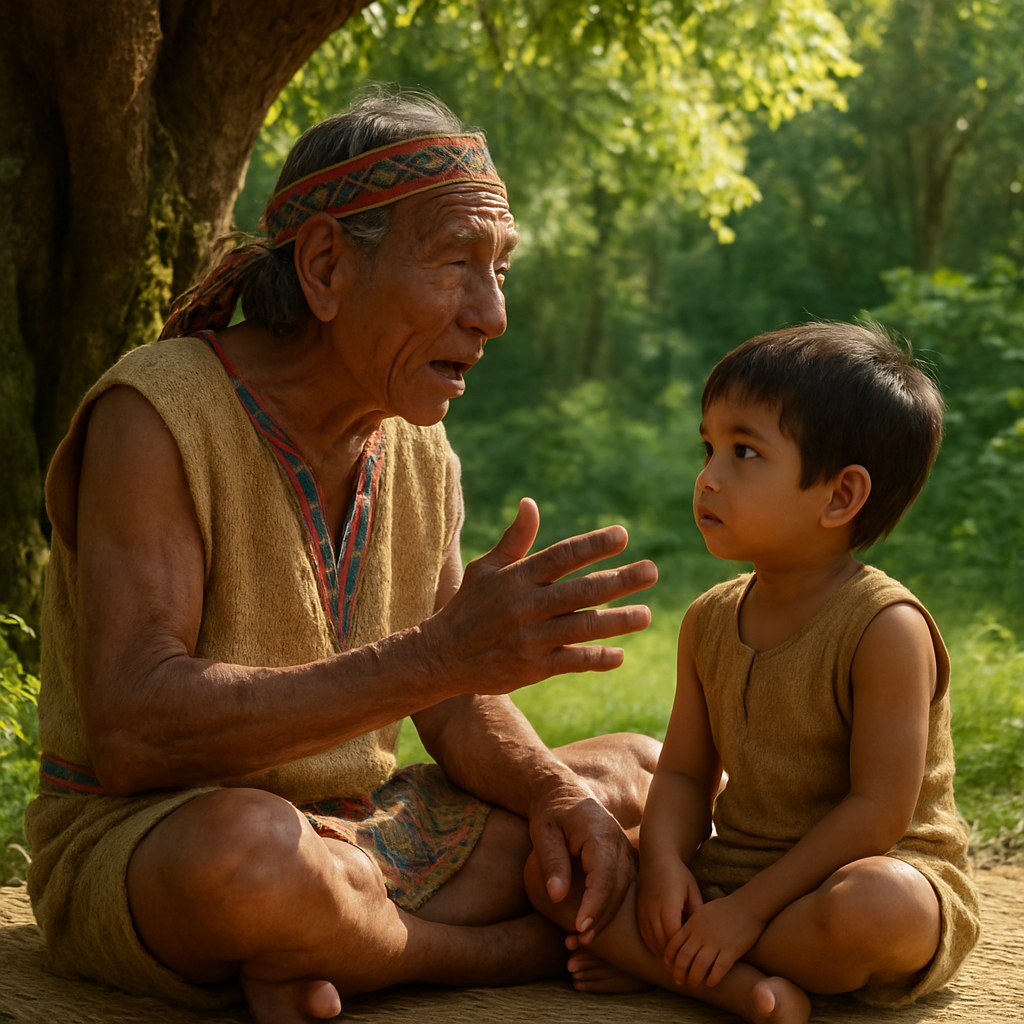
The world’s a colorful patchwork of languages, each one a unique window into the cultures and histories of the people who speak it. It’s fascinating, really, how language shapes the way we see the world. But here’s the kicker: many of these languages are vanishing, slipping away faster than you can say “cultural diversity.” It’s a bit like losing a library full of books, each one telling the story of a people, a place, a time. You’ve probably heard of initiatives to save the pandas, but what about the languages? Turns out, they’re just as endangered.
The Vanishing Voices
Languages are more than just words and grammar; they’re living, breathing entities that carry the heart and soul of their communities. But every two weeks, a language dies. According to UNESCO, over 2,500 languages are at risk of extinction. That’s a staggering number. When a language disappears, we lose more than just a means of communication; we lose a part of our shared human heritage. And that’s a loss we can’t easily measure.
Take, for instance, the story of the Wukchumni language. There are only a few fluent speakers left, and they live in California. Marie Wilcox, one of the last fluent speakers, dedicated years of her life to compiling a Wukchumni dictionary. Her work is a race against time, a testament to the resilience and dedication of those who refuse to let their cultural identity fade into oblivion.
But why are these languages disappearing? The reasons are as diverse as the languages themselves. Colonization, globalization, urbanization all the usual suspects. As communities are absorbed into larger, more dominant cultures, their languages often get left behind. It’s like when everyone around you starts speaking in memes and you’re still quoting Shakespeare. You either adapt or get left in the dust.
The Battle to Preserve
So, what’s being done to save these vanishing languages? Quite a lot, actually. From grassroots initiatives to tech-driven solutions, there’s a whole spectrum of efforts aimed at preserving linguistic diversity. And while it might sound like a David vs. Goliath scenario, there’s some hope yet.
Consider the role technology plays in this story. With the rise of digital platforms, there’s been a surge in online language preservation. Apps like Duolingo are adding endangered languages to their roster, allowing users worldwide to learn languages like Hawaiian and Navajo. It’s a bit surreal to think that the same app that teaches you Spanish for your trip to Cancun can also introduce you to the rich cultural tapestry of indigenous languages.
But it’s not just apps. Social media platforms are becoming unexpected allies. Take Instagram, for instance. You’ll find communities using hashtags to share content in their native languages, connecting speakers from across the globe. It’s like a virtual potluck, where everyone brings a linguistic dish to the table.
Then there are the academic warriors. Linguists like Dr. K. David Harrison, a National Geographic Fellow, travel the world documenting endangered languages. Their work is crucial, often involving long stays in remote areas and deep immersion into different cultures. It’s not glamorous work, but it’s vital. Harrison’s book, “The Last Speakers,” is a fascinating read on this subject, offering an insight into the lives and struggles of those fighting to keep their languages alive.
But let’s not forget the communities themselves. They’re the real heroes in this narrative. In many cases, it’s the elders those who still remember the old stories and songs who are leading the charge. They host workshops, storytelling sessions, and cultural festivals to pass on their knowledge to younger generations. It’s not just about the words; it’s about the music, the dance, the art everything that makes a culture vibrant and alive.
Unconventional Allies
Here’s an unexpected twist: corporate giants are stepping into the ring. Companies like Google are developing AI and machine learning tools to document and translate endangered languages. It’s like getting an assist from the unlikeliest of allies, and while some might view it with skepticism, it’s hard to deny the potential impact. Imagine using Google Translate to decipher an ancient script. It’s like something out of a sci-fi movie.
Even video games are getting in on the action. “Never Alone,” a game developed in collaboration with Alaska Native storytellers, incorporates the Iñupiaq language and culture. Players don’t just enjoy a gripping narrative; they also get a crash course in indigenous culture. It’s a clever way to engage younger audiences, blending entertainment and education in a way that feels organic.
But let’s be real for a moment. Despite these efforts, the road ahead is fraught with challenges. It’s not just about preserving words on a page; it’s about sustaining living communities. And this requires resources, dedication, and most importantly, political will. Governments need to recognize the intrinsic value of linguistic diversity and provide support for preservation initiatives.
And here’s where the plot thickens: language preservation isn’t just a cultural issue; it’s an ecological one too. Indigenous languages often contain knowledge about local ecosystems, traditional medicine, and sustainable practices. Losing a language could mean losing crucial environmental knowledge. It’s a sobering thought but an important one.
I recently stumbled upon a documentary about the Sámi people, an indigenous group in the Arctic region. Their language is intertwined with their knowledge of reindeer herding and the Arctic landscape. As climate change reshapes their environment, their linguistic heritage provides insights into adapting to these changes. It made me realize that language is more than just words it’s a survival tool.
So, where does that leave us? In a world that seems to be hurtling towards uniformity, preserving linguistic diversity may feel like a Sisyphean task. But maybe, just maybe, it’s worth the struggle. After all, our differences are what make us human. And as long as there are people willing to fight for their languages, there’s hope.
The fight to preserve endangered languages is a complex, multifaceted endeavor. It requires collaboration, innovation, and a deep sense of cultural pride. But it’s also a journey of rediscovery, a chance to reconnect with our shared human heritage. And who knows? Maybe one day, we’ll find ourselves in a world where every language, no matter how small, has a place at the table.

